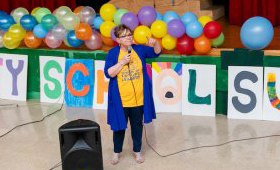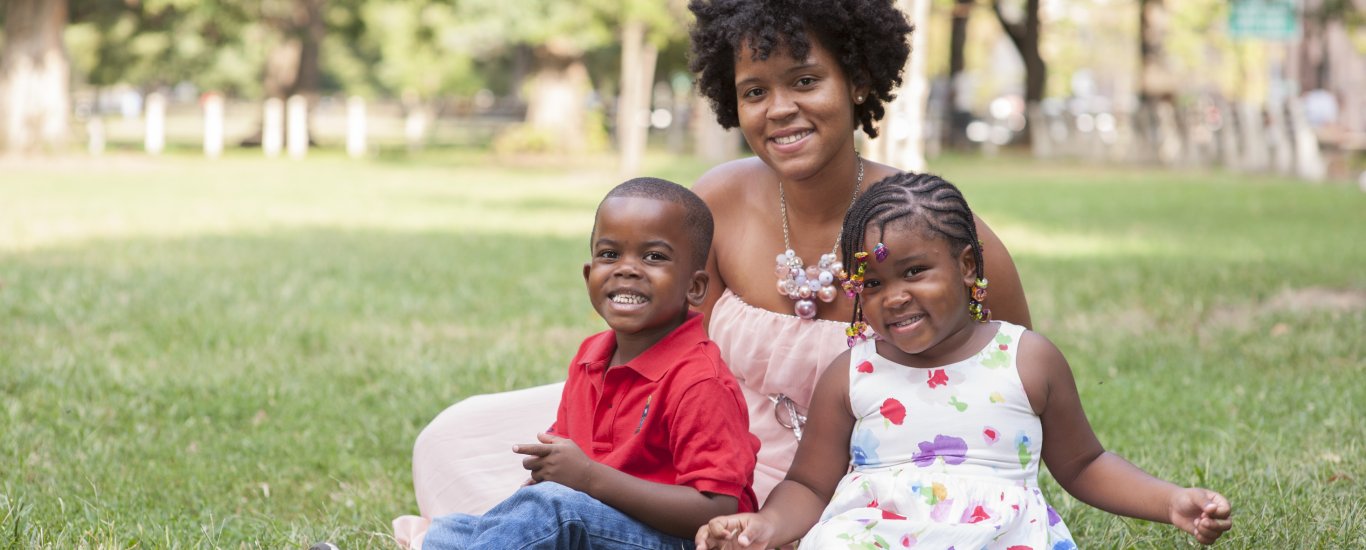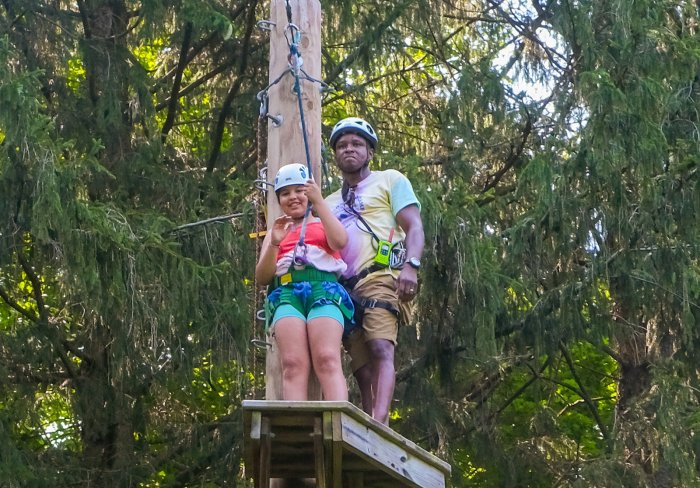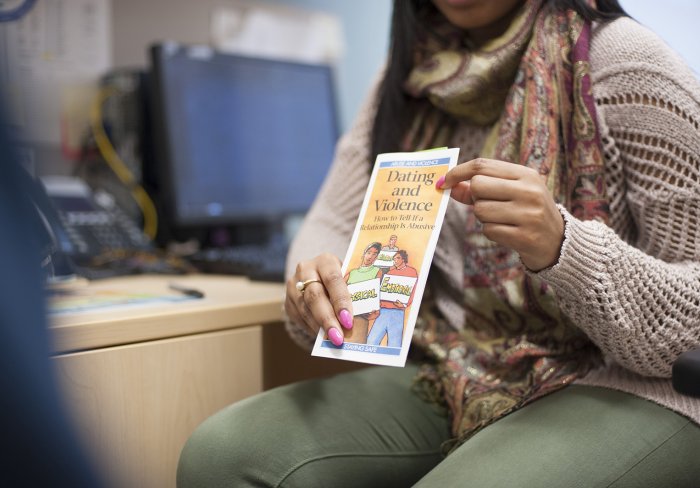Children’s Aid Preventive Programs are geared at helping biological families stay together after an issue has been identified in the home. Some are dealing with mental health challenges, others with domestic violence, and others still with medical issues or learning disabilities. Our goal is to provide them with assistance and resources to ensure that the children can stay with their families in a safe environment.
When COVID-19 struck New York City, we were set into a tailspin. And as cases started to skyrocket in early spring 2020, we were all nervous. But at Children’s Aid, children and their families always come first. One of our major priorities is providing comprehensive, home-based services to keep families together, ensuring that children are safe and thriving after destabilizing events or ongoing crisis. The pandemic we’ve been experiencing has been one of the most devastating and disorienting events of our lifetime.
At Children’s Aid, however, our case planners are fearless. The families they oversee are not case numbers, these are children they care about, who they want to help do well and flourish. That’s why, even when personal protective equipment (PPE) was unavailable in March and April, they did what they could to protect themselves and their families—heading straight out into the pandemic to check in on every single child.
“There was no protocol at first, which gave me a lot of anxiety. How were we going to maintain our visits, keeping everyone safe? My main priority is the kids, though,” said Christina Hernandez, a case planner in the Bronx, “I’m doing this job for the children. So, we figured it out quickly.”
At first our case planners had to use what they could find as PPE—garbage bags, rubber gloves, and scarves. They took the responsibility to their families seriously while making the personal safety of their own families and coworkers a priority. Although we are a technologically driven society, many families were not tech savvy or didn’t have the resources they needed to connect with our team online. The learning curve was real, but our case planners found that more than ever, families were determined to do what they needed to make sure that they made all required meetings to keep their families from being separated.
Our program is solution-focused - we work with families to identify what problems they are dealing with, while identifying goals to help create stable homes. Doing this in the midst of a pandemic, where the future is still so uncertain, has presented a compounded challenge. Additionally, as some of our families were identified as potential families of physical abuse, we were worried. At the onset of the lockdown, reports of soaring numbers of domestic violence were alarming.1 The only way we could see what was happening was to continue going into homes.
Melissa Torres, another case planner in the Bronx, shared that initially confusion stemmed from the fact that no one knew how contagious the virus was and concern of spreading it was very high. Case planner Brenda Roman also said that she and her families felt a sense of loss, because the human interaction had changed so much. But as Christina stated, they figured it out.
On average, we check in on families at least two times a month, and each case planner works with approximately 12 families. That’s 24-in person visits, although at times more visits are necessary for assistance and assessment. Video conference via phone, tablet, or computer became very helpful for many meetings. Some grandparents had to be taught how to use video-chat functions, while some families had to be connected to Medicaid services to receive a digitally enabled device. Having video-chat functions relieved a lot of stress for our families and case workers, alike.
But nothing replaces in-person meetings, which all of our case planners acknowledged. Especially because it’s easier to hide abuse or neglect when speaking over a phone or computer. Some children as young as 8-months old or are dealing with learning issues, which prevents them from interacting on-screen.
So, we continue to head into homes to make sure our kids are safe.
“People are still nervous,” Melissa said. “They don’t necessarily want us in the home. Not because they want to hide anything, they just want to be safe. Several of my kids have developed social anxiety issues and don’t want to go outside for fear of contracting the virus.”
In fact, one of Christina’s children had started to regress, becoming sedentary and more isolated, and his mother was enabling the behavior. “So, this became a new sort of training exercise. I had to train mom how to encourage her son to be active. To protect himself, but still get out onto the basketball court just to keep his progress up.”
As we head into colder weather, our preventive services case planners are putting on brave faces. We’re pleased that loosened protocols have allowed us to keep meetings with our families on schedule via video-chat. We are proud that they’ve figured out creative, safe ways to engage families, training them to work with their kids to be productive. They’re trying out new techniques to get kids to play games while video-conferencing to assess their reactions and interactions. They’re trying to meet families outside apartments in hallways and in front of buildings. Case planners are also gearing up head-to-toe and heading inside homes, safely and securely—all in the interest of keeping families on a healthy trajectory of learning how to live together supportively and safely.
But the future is still unknown. And as COVID-19 numbers fluctuate, we will continue educating our clients with the hope that they can stay protected and supported on all levels. “I’ll always do what’s right for the child and encourage families to do what’s best to help themselves feel safe,” Melissa said.
As this COVID crisis continues to pummel the U.S. and globe, we focus on what we can. “Even with all of the challenges we face, I love being able to help my families, seeing the progress they are making and continue to take advantage of the services and support we provide,” Christina said.
Be it as simple as discussing grief and loss, providing advice, or even helping them find resources for food—we have a plan for each and every family and will continue to deliver on our promise to enhance relationships and alleviate triggers while helping families learn to raise happy, healthy children – every step of the way.
1. Alarming trends in US domestic violence during the COVID-19 pandemic






